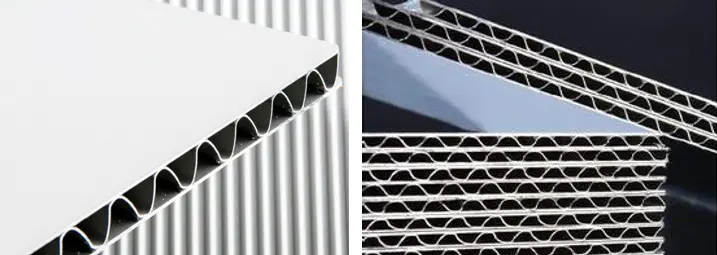The Rising Demand for Sustainable Construction Materials
As environmental concerns become more pronounced, there is an increasing demand for construction materials that offer sustainable benefits. Aluminum is one of the most sustainable materials available today, primarily due to its recyclability and long service life. Aluminum corrugated panels are no exception. The panels themselves are fully recyclable, and the manufacturing processes involved in their production have become more energy-efficient, reducing the overall carbon footprint of construction projects.
One of the primary advantages of aluminum is that it is lightweight yet incredibly strong. This reduces the need for heavy structural supports and minimizes the environmental impact of transportation and installation. Furthermore, aluminum panels are durable and require little maintenance, reducing the need for frequent repairs or replacements. These properties make aluminum corrugated panels an attractive choice for sustainable construction practices.
Innovative Designs and Technologies in Aluminum Corrugated Panels
Over the years, advancements in manufacturing technologies have led to improved design options for aluminum corrugated panels. Modern manufacturing techniques, such as precision roll-forming, allow for the creation of complex patterns and profiles, giving architects and designers greater flexibility. Whether for industrial, commercial, or residential buildings, aluminum corrugated panels can be customized to fit a variety of aesthetic preferences and structural requirements.
The ability to integrate insulation into the panels has also opened up new possibilities in terms of energy-efficient design. Insulated aluminum corrugated panels are now commonly used in cold-storage facilities, warehouses, and even residential homes. These panels provide a high level of thermal insulation, keeping buildings cool in the summer and warm in the winter. This not only reduces energy costs but also makes buildings more comfortable for occupants.
Additionally, advances in coating technologies have improved the longevity and performance of aluminum panels. Anti-corrosion coatings, UV-resistant finishes, and specialized paints help protect the panels from environmental factors such as rain, sun, and saltwater exposure. These coatings extend the life of the panels and maintain their aesthetic appeal, even in harsh climates.
Applications of Aluminum Corrugated Panels in Modern Construction
Green Building and Eco-Friendly Projects: Aluminum corrugated panels are increasingly being used in green building projects, where sustainability and energy efficiency are key objectives. Their reflective properties can help reduce the amount of heat absorbed by a building, leading to lower cooling costs. This makes them an ideal material for projects seeking LEED certification or other sustainability accolades.

Urban and Commercial Architecture: In urban construction, aluminum corrugated panels are being used to create visually striking exteriors that stand out in crowded skylines. The versatility in design, coupled with the material’s durability and low maintenance, makes it a popular choice for high-rise buildings, shopping malls, and office complexes.
Industrial and Agricultural Applications: Beyond traditional building facades, aluminum corrugated panels are finding applications in industrial and agricultural sectors. They are commonly used in the construction of warehouses, factories, and storage units, where their strength and resistance to the elements are critical. Additionally, these panels are used in agricultural buildings such as barns and greenhouses, providing a cost-effective and reliable solution for rural construction.
Solar Energy Integration: As the world continues to transition toward renewable energy, aluminum corrugated panels are being integrated with solar technology. Solar panels can be mounted onto the aluminum surface, or in some cases, the panels themselves can be designed to harness solar energy, contributing to the building's overall energy efficiency.
Transportation Infrastructure: Aluminum corrugated panels are also being used in the transportation sector for building train stations, airports, and bus terminals. Their lightweight nature makes them easier to install and transport, while their durability ensures they can withstand the heavy wear and tear of high-traffic areas.